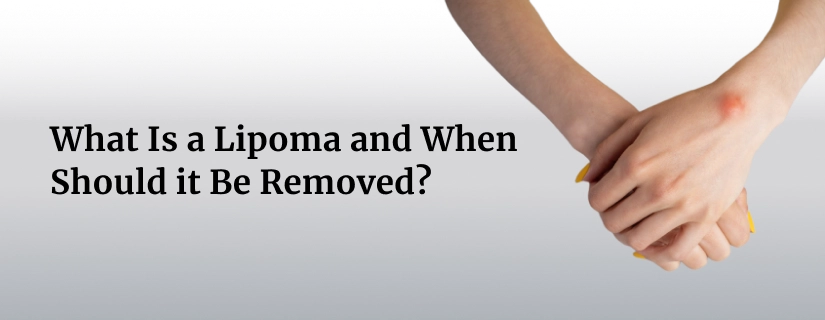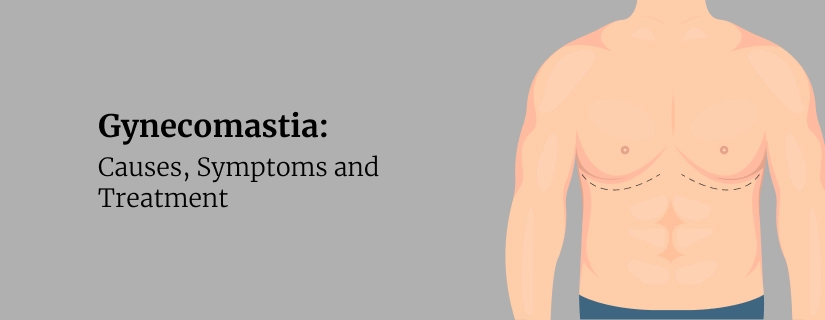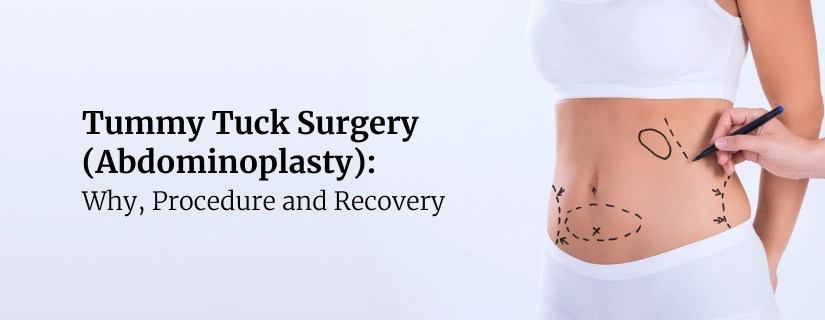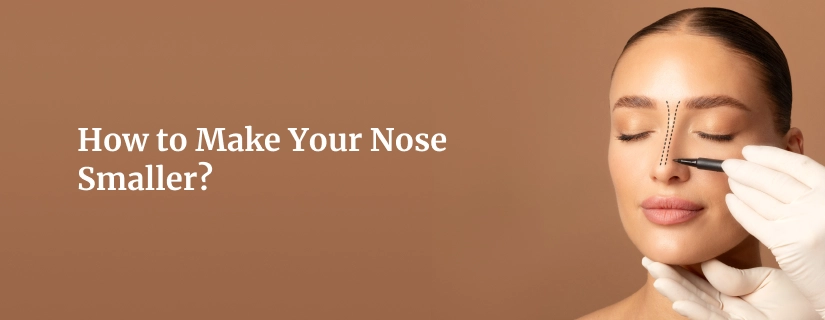-
Doctors
-
Specialities & Treatments
Centre of Excellence
Specialties
Treatments and Procedures
Hospitals & Directions HyderabadCARE Hospitals, Banjara Hills CARE Outpatient Centre, Banjara Hills CARE Hospitals, HITEC City CARE Hospitals, Nampally Gurunanak CARE Hospitals, Musheerabad CARE Hospitals Outpatient Centre, HITEC City CARE Hospitals, Malakpet
HyderabadCARE Hospitals, Banjara Hills CARE Outpatient Centre, Banjara Hills CARE Hospitals, HITEC City CARE Hospitals, Nampally Gurunanak CARE Hospitals, Musheerabad CARE Hospitals Outpatient Centre, HITEC City CARE Hospitals, Malakpet Raipur
Raipur
 Bhubaneswar
Bhubaneswar Visakhapatnam
Visakhapatnam
 Nagpur
Nagpur
 Indore
Indore
 Chh. Sambhajinagar
Chh. SambhajinagarClinics & Medical Centers
Book an AppointmentContact Us
Online Lab Reports
Book an Appointment
Consult Super-Specialist Doctors at CARE Hospitals
Teenage Gynaecomastia: Symptoms, Causes, Diagnosis and Treatment
Updated on 27 June 2024
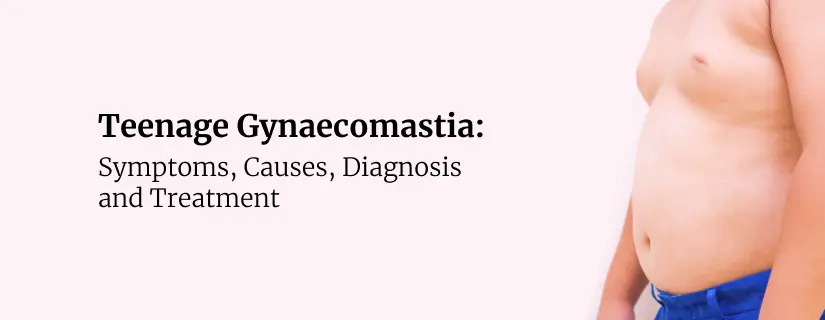
Teenage gynaecomastia is a condition characterised by breast enlargement in adolescent males, usually brought on by the benign proliferation of ducts in the breast glands and stromal components, including fat. It may be caused by hormonal imbalances in oestrogen and testosterone hormones. Gynaecomastia may occur and appear in one or both breasts and sometimes unevenly. It may not cause any serious problems but may cause symptoms of pain in the affected breast(s). It may go away on its own, but if it doesn't, medical or surgical intervention may become essential.
What Is Teenage Gynaecomastia?
Gynecomastia in teenage males is an enlargement or overdevelopment of the glandular tissues in their breasts. It may occur during infancy, adolescence, and even in middle-age, but it often happens when a preteen or teenage boy is undergoing hormonal changes during puberty. A teenager with gynaecomastia may have enlarged breasts, and may require medical evaluation by healthcare providers.
Most often, teenage gynaecomastia doesn't pose a serious health problem but may be a cause of embarrassment. Oftentimes, gynaecomastia goes away on its own. However, if it doesn't resolve spontaneously, medical intervention may be required to correct it.
Symptoms of Teenage Gynecomastia
The primary symptom of teenage gynaecomastia is breast enlargement in males. It is not caused by fat deposits but rather a consequence of glandular tissue enlargement in the breasts. In the majority of cases, it is symmetric, considering the area around the nipple has a rubbery or firm feel to the touch. It may begin as a lump or fatty tissue beneath the nipple with soreness in the affected nipple.
Although it may occur on both sides, there may be an instance of male breast enlargement on only one side. Sometimes, the enlargement may be uneven on either side, where one breast may be larger than the other.
Teenage gynaecomastia symptoms may appear similar to other medical conditions where there may be:
- Pain, especially in teens
- Swollen breast tissues
- Tenderness in the breast
- Sensitivity in the nipples when they rub against clothes
Therefore, it is advisable to visit a healthcare provider or physician to rule out or diagnose any other potentially life-threatening condition such as tumours or cancer.
Causes of Teenage Gynaecomastia
Gynaecomastia in teenagers is usually a benign condition, i.e., it is a non-cancerous condition. It may often be linked to hormonal changes during puberty; however, sometimes the reason for such occurrence is unknown. Female hormones called oestrogen and male hormones called testosterone are present in different quantities in males and females. A disruption in the balance of these hormones in males leads to the condition of gynecomastia. It may also be caused by other factors associated with normal development of pubescent or pre-pubescent males, which may include the following.
- Aging: Aging may cause a decrease in testosterone production leading to teenage gynaecomastia.
- Medicines : Gynaecomastia for teens may be triggered by certain medications, such as antibiotics, antidepressants, and cardiovascular medicines, or even due to various cancer treatments, like chemotherapy, prostate cancer medicines, etc.
- Specific Diseases or Conditions: Being predisposed to the risk of certain health conditions or diseases may also lead to gynaecomastia in teenage males, such as:
How Is Teenage Gynecomastia Diagnosed?
Diagnosis of gynaecomastia requires physical and medical examination by a healthcare provider. They may assess the medical history of their patients along with their family’s medical history. They may seek more information on the symptoms experienced and any medicines being taken by the patient.
A healthcare provider is likely to recommend some tests to be performed to look for possible reasons for gynaecomastia or to find any other condition with similar symptoms. They may recommend tests for breast cancer as well.
Tests recommended by healthcare providers for teenage gynaecomastia may include:
- Blood tests, including liver function tests and hormone studies
- Urine tests
- A mammogram, which is a breast X-ray
- Computerised tomography (CT) scans
- Magnetic resonance imaging (MRI) scans
- Testicular ultrasounds produce images of the testicles and the tissue around them
- Breast tissue biopsy, removing a tiny piece of tissue to get checked in a laboratory
How Is Teenage Gynecomastia Treated?
Teenage gynaecomastia brought about by transient changes in hormonal levels during the normal period of growth and development may disappear within six months to two years. However, sometimes teenage gynaecomastia may persist beyond puberty and may be referred to as persistent pubertal gynaecomastia.
In a majority of the cases, gynaecomastia occurs during puberty in males. Gynaecomastia may resolve spontaneously without medical intervention. But if it is caused by a medical condition, gynecomastia treatment is crucial to restore normalcy and treat the condition simultaneously. Often, no treatment is necessary to treat gynaecomastia if it is caused by imbalances in hormonal levels. A teenager's healthcare team may recommend health checkups every three to six months to check on the condition and monitor its progress. It may go away in a period of six months or 2 to 3 years.
Teenage gynecomastia treatment may help with symptoms of pain and tenderness when it doesn't get better on its own. Gynaecomastia treatment may depend on a number of factors such as the age of the patient, overall health status and previous health history, and tolerance towards certain medicines, treatments, or therapies, among others.
- Medications: Tamoxifen, an oestrogen antagonist, is considered effective for recent-onset and tender gynecomastia when it is taken in doses of 10-20 mg twice regularly, or as prescribed by the doctor.
- Hormone therapy: Hormone therapy may also be employed for the purpose of treatment for gynaecomastia in teenagers.
- Surgery: If other methods of gynaecomastia treatment in teenagers don't treat the condition adequately and the breast tissues are not reduced, surgery may be considered for removing extra breast tissues. Two types of surgery for gynaecomastia may be available:
- Liposuction: This method may remove breast fat but not the breast gland tissue itself.
- Mastectomy: This type of surgical procedure removes the breast gland tissue. If gland tissues are small, smaller incisions can be made, which can make recovery faster. Sometimes, both these procedures may be combined for the best results.
- Reduction mammoplasty: This surgery may be considered for breast reduction in severe cases of the condition, long-term gynecomastia, or in cases where drug therapies have not been beneficial in restoring a normal appearance of the affected breast(s).
Conclusion
Teenage gynaecomastia is a condition of breast enlargement occurring in males in their pubescent years. It mainly occurs due to fluctuations in hormonal levels or ageing, and may have some risk factors, such as intake of certain medications or existing health conditions, responsible for its occurrence. It usually resolves on its own but may require medical assistance in case it doesn't get better even after two to three years of the first instance of breast enlargement.

ENQUIRY FORM
SELECT CATEGORIES
-
Neurosciences (16)
-
Neurology (37)
-
Neurosurgery (14)
-
Orthopaedics (48)
-
Oncology (33)
-
Obstetrics and gynecology (52)
-
Pulmonology (23)
-
Urology (20)
-
Nephrology (13)
-
Psychiatry (7)
-
Dietetics and Nutrition (111)
-
General Medicine (63)
-
Cardiac Sciences (32)
-
Vascular & Endovascular Surgery and Interventional Radiology (15)
-
Gastroenterology (46)
-
Endocrinology (23)
-
Plastic Surgery (10)
-
Critical Care Medicine (5)
-
COVID-19 (16)
-
Dermatology (16)
-
Emergency Care (1)
-
Ophthalmology (4)
-
Pediatrics (14)
-
Laparoscopic and Bariatric Surgery (8)
-
ENT (15)
-
Kidney Transplant (1)
-
Liver Transplantation and Hepatobiliary Surgery (5)
-
General Surgery (3)
-
Internal Medicine (5)
-
Medicine Information
Do’s and Don'ts After Breast Augmentation
Different Types of Nose Shapes and the Surgery Options
YOU MAY ALSO LIKE
RECENT BLOGS
-
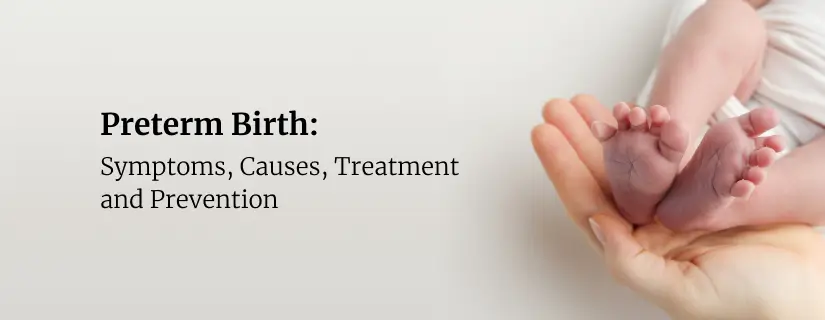
Preterm Birth (Premature Birth): Symptoms, Causes, Treatment and Prevention
13 May 2025
Read More
-
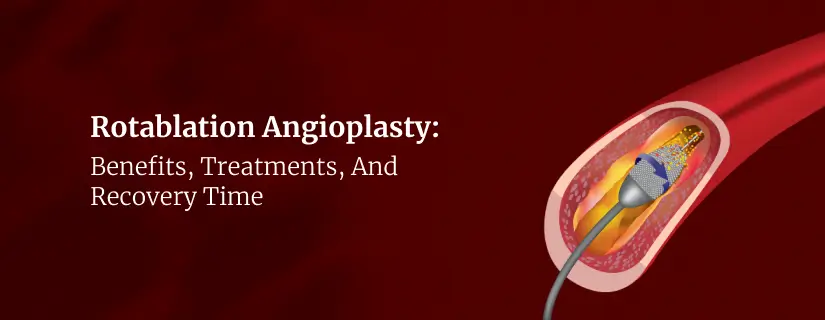
Rotablation Angioplasty: Benefits, Treatments, And Recovery Time
9 May 2025
Read More
-
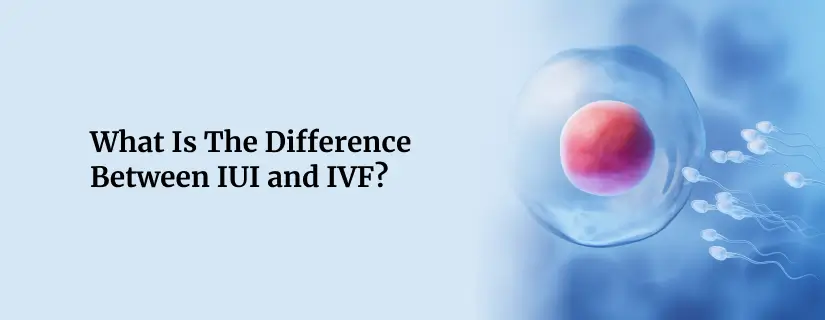
What Is The Difference Between IUI and IVF?
9 May 2025
Read More
-
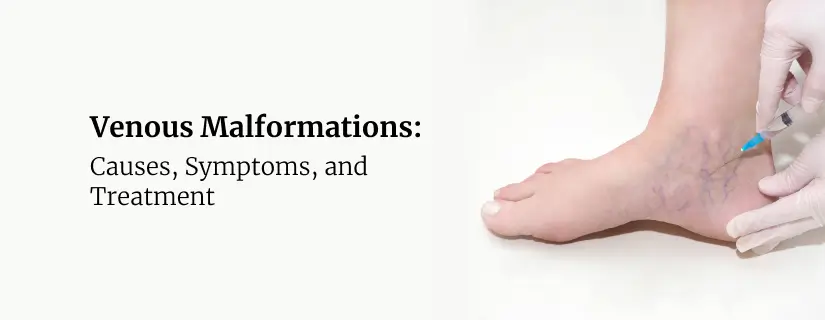
Venous Malformations: Causes, Symptoms, and Treatment
30 April 2025
Read More
-
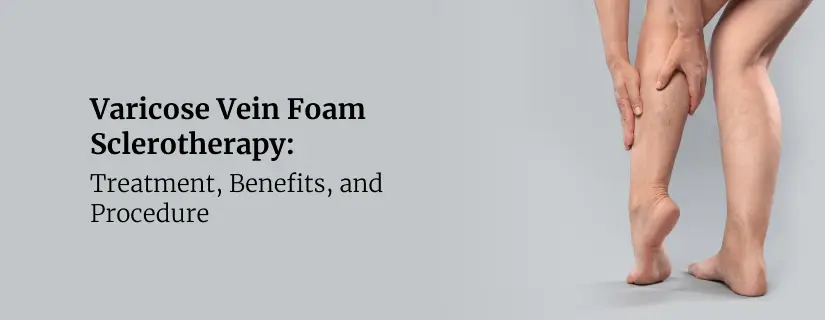
Varicose Vein Foam Sclerotherapy: Treatment, Benefits, and Procedure
30 April 2025
Read More
-
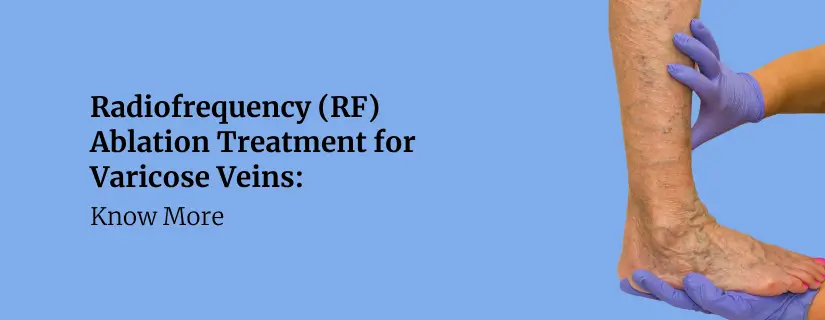
Radiofrequency (RF) Ablation Treatment for Varicose Veins: Know More
30 April 2025
Read More
-
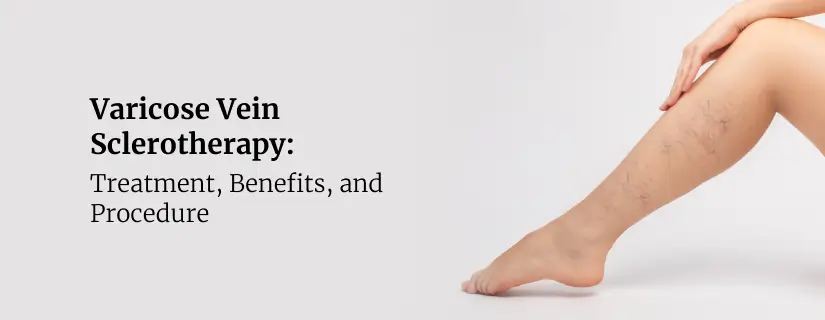
Varicose Vein Sclerotherapy: Treatment, Benefits, and Procedure
30 April 2025
Read More
-
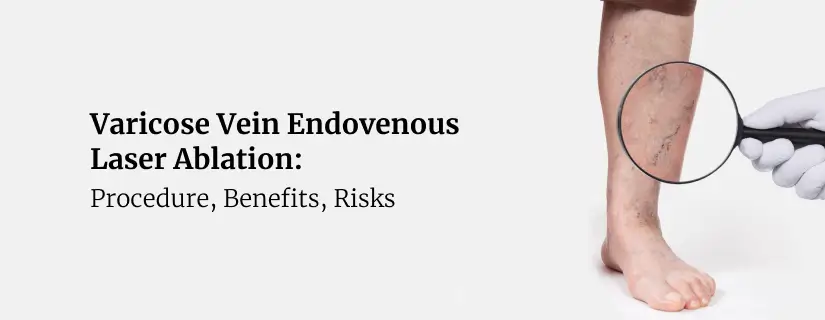
Varicose Vein Endovenous Laser Ablation: Procedure, Benefits, Risks
30 April 2025
Read More
Have a Question?
If you cannot find answers to your queries, please fill out the enquiry form or call the number below. We will contact you shortly.



